Another installment in my series of yearly manga picks, including some big titles like Ashita no Joe! For a few years now, I’ve been doing a chronological readthrough of as many good (and bad) manga I could find. I did this to get a grasp on the evolution of the medium, who influenced whom, and to be able to appreciate works that were highly original in their own time, but would seem dated in our day. I have now become a walking manga-encyclopedia with Excel files filled to the brim with endless lists and have decided I can no longer keep my pseudo-knowledge contained and watch all of you suckers read crap. So here are, in my humble but omnipotent opinion, the best manga debuts of 1968, all in neat chronological order. You’re welcome!
Best manga of 1968
To kick off the list, I’d like to quickly share a manga by Leiji Matsumoto (Star Blazers, Galaxy Express 999, Space Captain Harlock) which I haven’t read, but is most definitely the best of the bunch:
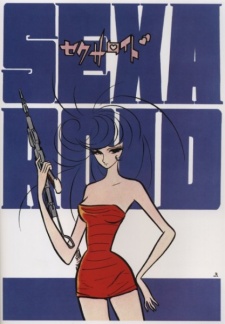
And that doesn’t even come close to what Go Nagai has in store for you below.
Gold Pollen and other stories – Seiichi Hayashi, 1968-1972
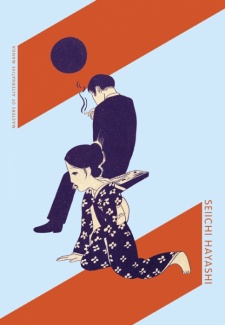
Seiichi Hayashi was apparently a leading figure in Tokyo’s avent-garde artistic scene, if I can trust my sources. Anyway he made experimental manga for Garo, an alternative comics magazine I’ve mentioned a few times. This book collects his most important work from 1968-1972. The style seems to be a blend of traditional Japanese aesthetics and Pop Art. (I stole most of the lines from this paragraph from MAL who stole it from PictureBox. Thanks internet!) It looks pretty damn cool and a must-read for someone like me. But unfortunately I’m a disgraceful poor bastard with no credit card to order it online. So I’m stuck staring at Duckduckgo images for now.
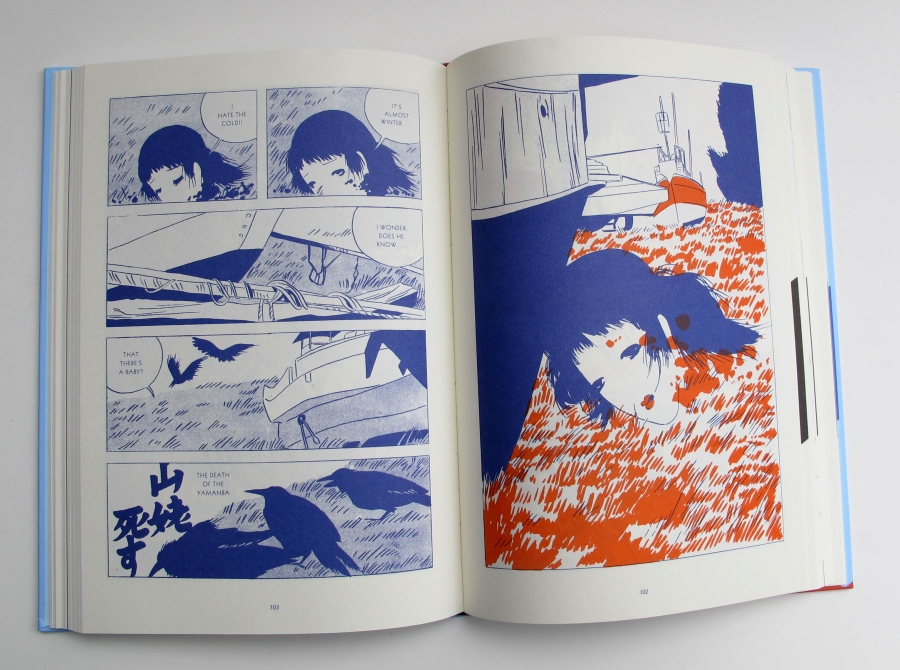
Tiger Mask – Ikki Kajiwara (story), Naoki Tsuji (art), 1968-1971
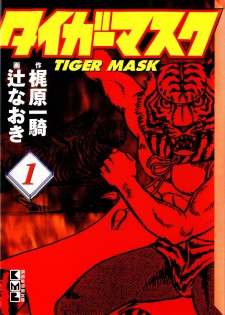
I dropped this after a while because a wrestling match is about as appealing to me as an episode of Glee (not veryl). But I’ll mention this one anyway. It’s written by Kyojin no Hoshi (Star of the Giants) and Ashita no Joe (Tomorrow’s Joe) creator Ikki Kajiwara. That alone should be enough to at least check it out. It’s about an extremely vicious wrestler who calls himself Tiger Mask. During a match, an orphan boy who idolizes him says he wants to be a villain like him, prompting Tiger Mask to become a hero and fight cleanly from now on. You know, shape up to be a responsible… wrestler. It’s a decent read although it may not have completely passed the test of time.
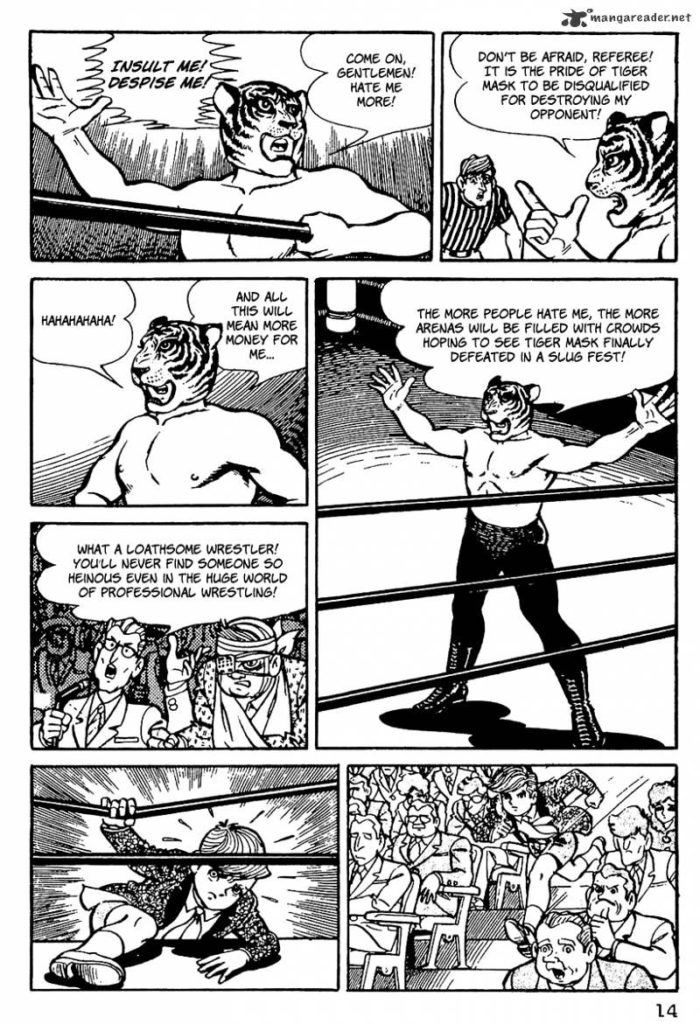
Ashita no Joe – Ikki Kajiwara (story), Tetsuya Chiba (art), 1968-1973
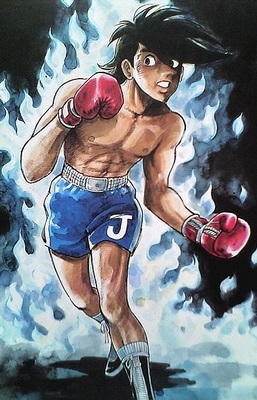
It should come as no surprise considering the terribly cheesy pun in my blogging name, that Ashita no Joe or Tomorrow’s Joe is one of my all-time favorite manga. Both the manga and the anime are widely considered classics of the genre and have gained iconic status in Japan. The manga series (and the anime shortly after) debuted in 1968 at a time of big economic and social transformation. The main character Joe, a troubled wandering orphan, represented the struggle of the lower class and his dedication and sacrifice reflected the will of the people he was representing. Again just stealing lines from the internet here, I have no clue what Japan was like in the 1960s. But it seems the series and the character really captured the frame of mind of the time. Ashita no Joe and its characters became so iconic, that when a character died halfway through the series, hundreds of people actually came out and held a funeral in the streets. Take that, Game of Thrones. The series spawned two anime adaptations a live-action film and a bunch of video games.
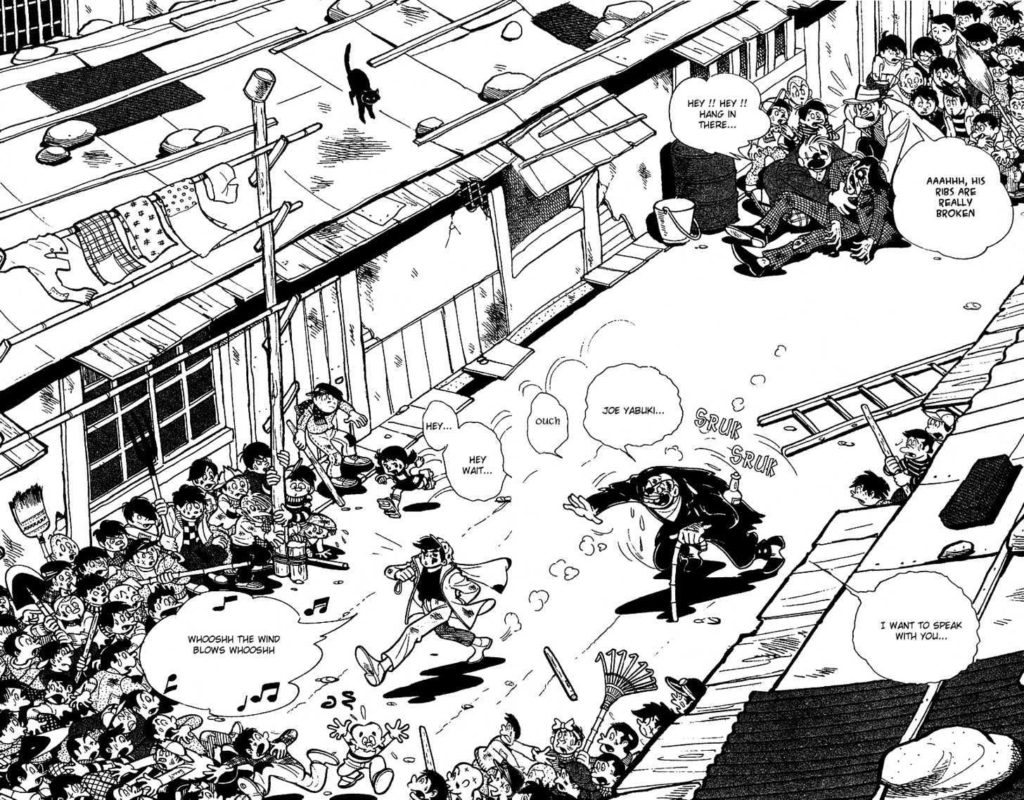
I’ll try to leave the glorifying to other reviewers, plenty of work has been done analyzing the story and the art and there’s hardly anyone to be found that doesn’t consider this a masterpiece. But just to add my two cents: what struck me most reading and watching Tomorrow’s Joe, a series from 1968, is that it makes it seem like manga and anime haven’t changed a single bit. Ashita no Joe must have had an enormous direct influence on many of the anime I grew up with or many of the manga I’ve read so far. As of this moment I have almost finished the year 2000 in my chronological travels and for me, Ashita no Joe is still up there as the prototype of all martial arts or sports shounen. Many of the tropes and story structures of anime seem to have originated from the mind of Ikki Kajiwara. Now they might not all be his ideas, there might have been a boom in sports manga in the 60’s leading to this series being the unavoidable perfection of an ongoing trend. Or these ideas might have already been so embedded into Japanese culture that the writers can’t help but shape the stories this way. But this manga and the masterfully directed anime by Osamu Dezaki (and probably Star of the Giants from the same writer) have definitely started the copy cat butterfly effect for the medium.
Whenever you see a protagonist being utterly dedicated to his sports or art or martial art, to the point of self-sacrifice, out of basic love for the game, that’s Ashita no Joe. Whenever a new rival is introduced to be a catalysator to get the M.C. to step up his game or learn a new trick, that’s Ashita no Joe. Whenever a fighter surprisingly or unsurprisingly gets back up even after being beaten to the point of near-death, that’s Ashita no Joe. Whenever there’s a pause in between moves, innings, rounds, whatever,… when characters narrate the action in Yu-gi-Oh or when Kenshin tries to talk his way into the enemy’s brain in Rurouni Kenshin for minutes in between short flashes of action, that’s Ashita no Joe. When Ash Ketchum tries to be the very best, like no one ever was, even though he probably never will be, he’s doing it because he’s trying to impress Yabuki Joe.
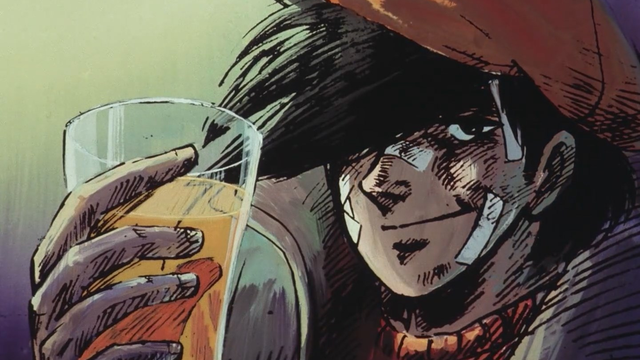
Every bloody tournament arc, hunter/shinobi exam or any other spin on the trope in Dragonball, Pokemon, Yu Yu Hakusho, Saint Seiya, Flame of Recca, Hunter x Hunter, Naruto, Hikaru no Go,… in some cases to the ridiculous extent that they just start out with a tournament from the first chapter on or fill out the whole story with it: Ashita no Joe. Every single baseball, basketball, softball, football, tennis, ping pong, boxing, kickboxing, judo, wrestling, grappling or underwater space quidditch game that got dragged out over hundreds of chapters, even dancing, acting, cooking, whatever…: Ashita no Joe. Seriously, from shounen to shoujo, Slam Dunk, Glass Mask, Ping Pong, Ace wo Nerae, Touch, H2, Happy, Yawara, Captain Tsubasa,… And I’m sure the list goes on and on after the year 2000. All of them owe an colossal debt to Asao Takamori (the writer’s real name) and Tetsuya Chiba for creating the flawless, timeless masterpiece that is Tomorrow’s Joe. Maybe if I mention the title a few more times I’ll be on the first page in the google search results.
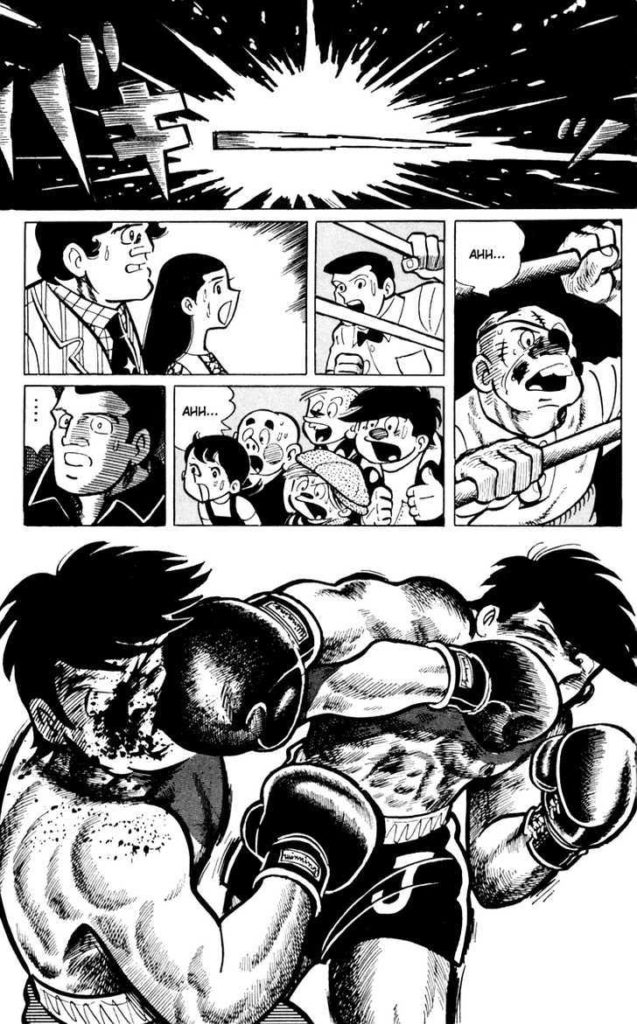
And the big kicker is, even though all these stories took inspiration from the first or blatantly copied it. Not one of them has actually managed to surpass it. You could read this right now in 2019 and I assure you it will still be one of the best things you’ve ever read. And I don’t even want to mention a certain inexplicably popular copycat called Hajime no Ippo. (Seriously he even drew the noses the same way.) Stories like these usually just follow the rules and tropes of the genre. Many of them are extremely enjoyable, have masterfully drawn action scenes of perhaps have a more colorful cast of characters or plottwists you can’t see from miles ahead. But there all just variations on a theme. And on top of that, there’s many Goku’s and Ash Ketchum’s out there and only one Yabuki Joe.
I’ve only read one mangaka so far that has just barely managed to slip out from under Ashita no Joe’s shadow and that was Taiyou Matsumoto in the boxing manga Zero. Through his awareness of the inescapable legacy of its predecessor, Matsumoto managed to pay deep and subtle homage to the original manga and the sport, even calling up memories of iconic scenes, all in his own style and with his own characters. You’d have to read both of them to understand what I mean.
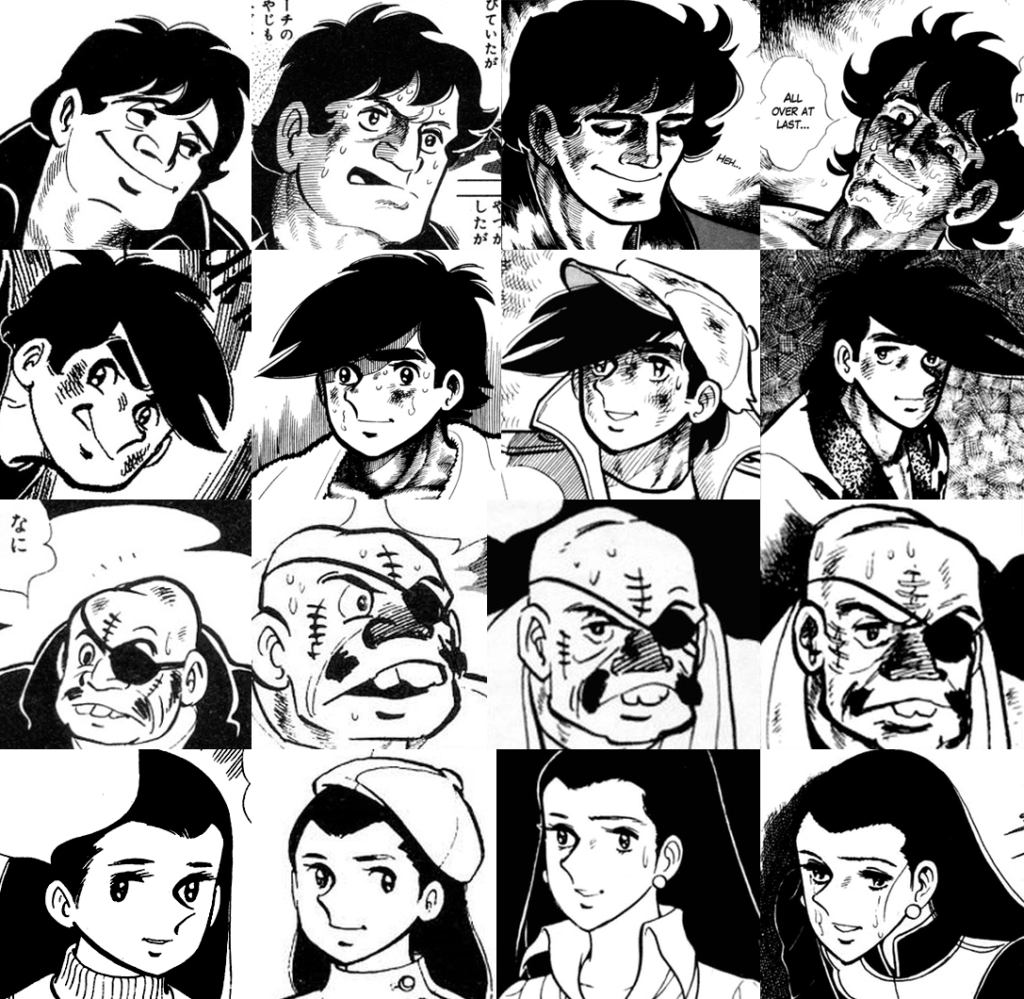
I completely failed in not turning this into a worshipping of Ashita no Joe, but whatever. Did I mention the manga has an absolutely perfect ending? Or that Tetsuya Chiba’s art is exceptionally vivid for the time (just compare it to Tiger Mask). That it rivals in its original chapters the best of the comic-dynamic style of Franco-Belgian comics? Or in the later volumes the more realistic European style?
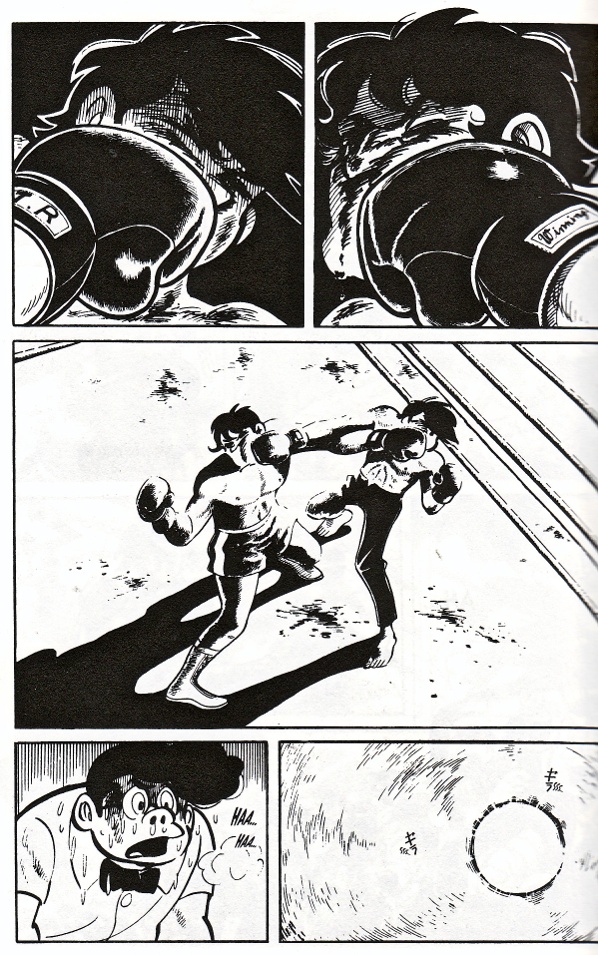
I’ll end this segment with this thought: if Astro Boy was the big bang of anime, Tomorrow’s Joe was the stroke of a butterfly wing that directed and shaped the medium for years to come. Did that make any sense at all? Please quote me on your website, please.
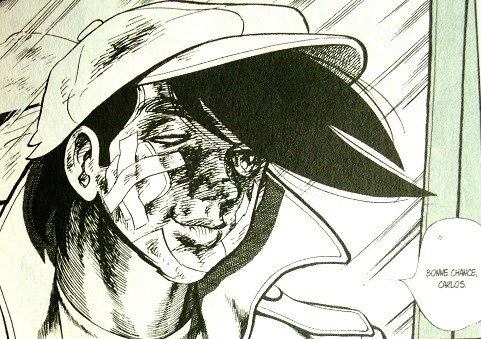
Golgo 13 – Takao Saitou, Kazuo Koike, 1968-ongoing
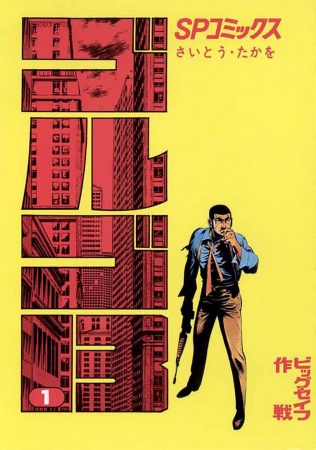
While you may know Kazuo Koike from the influential masterpiece Lone Wolf and Cub, Takao Saitou is mostly famous for drawing the seinen action drama Golgo 13, the oldest manga still in publication. Golgo 13 is arguably the manga world’s greatest assassin and has definitely the most famous eyebrows. I didn’t quite get into it, to be honest. Having your M.C. beat a prostitute on the first page doesn’t particularly help the reader sympathize. However, the fact that’s it’s still ongoing does speak for its popularity. I’d suggest it to you but only if you’re really into spies, assassins, 007, Lupin III,… stuff like that.
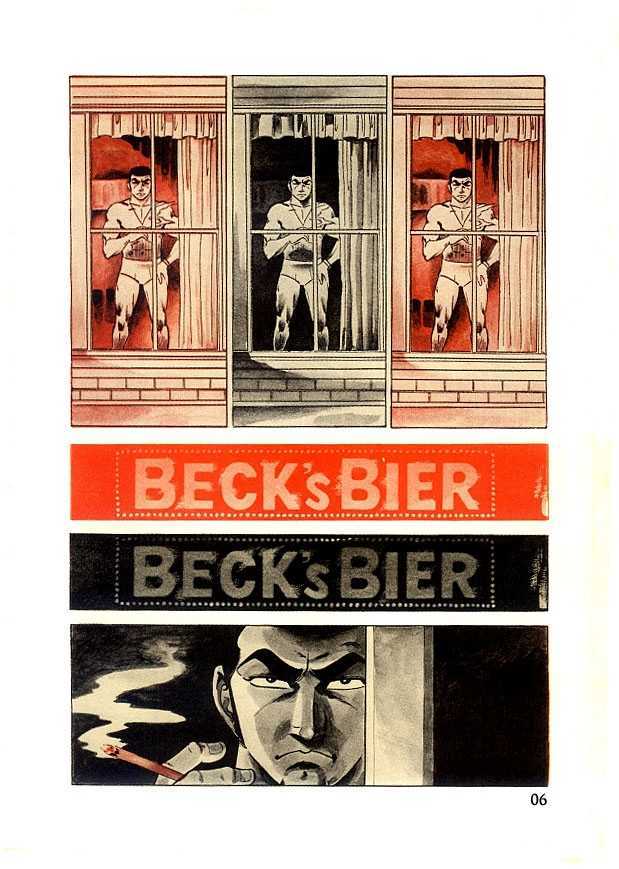
Hi no Tori: Yamato – Osamu Tezuka, 1968-1969
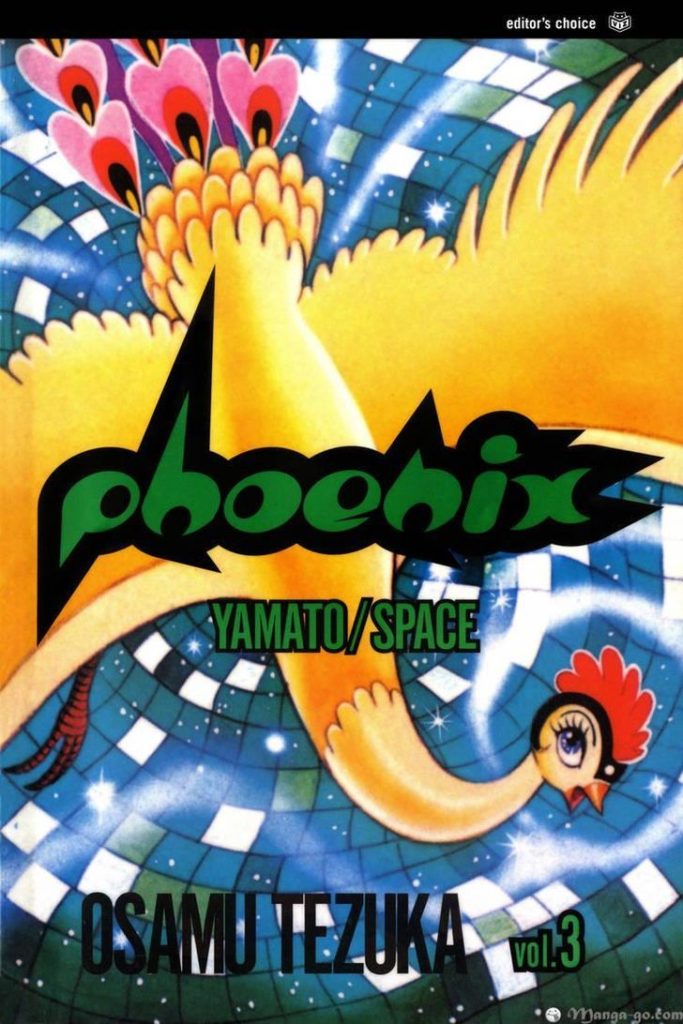
Just to have a Tezuka in this post, and because each chapter is basically a graphic novel of itself, I’m gonna mention each chapter of Osamu Tezuka’s magnum opus Phoenix. Each story of Hi no Tori is situated in a different time in history or the future and involves a search for immortality. This immortality is either unobtainable or a curse. Yamato, the third chapter, takes place in 320-350 A.D, and is based on an ancient legend. The decadent king of Yamato is trying to have his own version of Japan’s history written. Meanwhile, a “barbarian” tribe, the Kumaso, is writing an unbiased history. The king of Yamato sends his youngest son, Oguna, to murder the barbarian chief, Takeru. And there’s a phoenix somewhere, I guess. It’s been a while since I read this.
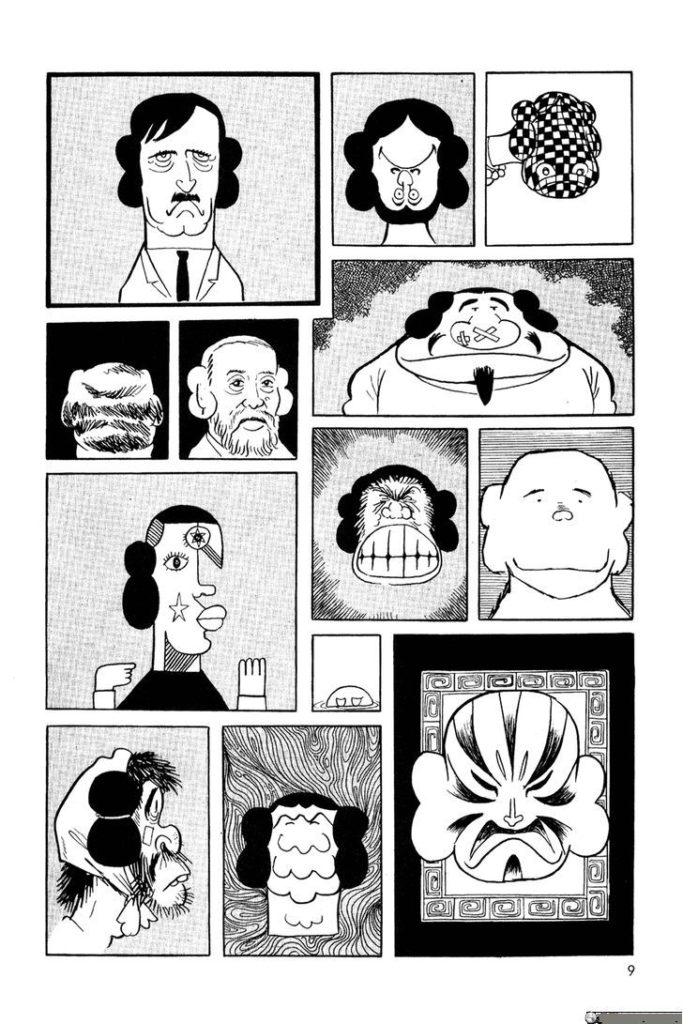
Honorable mentions
As always I have some honorable mentions for popular series I didn’t particularly like myself or managed to find.
Attack no. 1 – Chikako Urano, 1968-1971
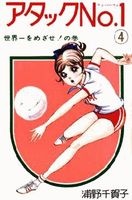
A classic sports shoujo. Volleyball’s the game. The manga is rare but the anime is easier to find. I’ve only read one chapter myself, but it seems craftfully made. The plot in the first chapter is intense and unforgiving and the art is crystal clear and elegant. Note the outrageous eye sparkles.
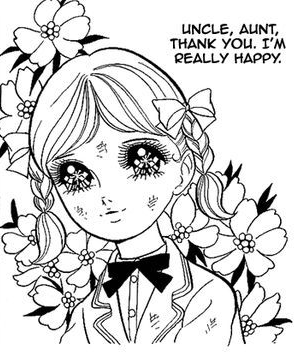
Harenchi Gakuen – Go Nagai, 1968-1972
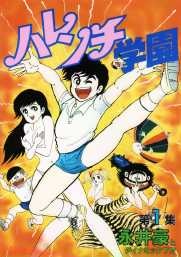
Go Nagai’s breakthrough work. Highly controversial in Japan. Takes place in an elementary school where all the teachers and students are perverts. Supposedly it’s not as evil as we’re imagining it now and it’s just “pre-school eroticism”. Let me just steer clear of this one.
That was my pick for the best manga of 1968, with some big titles debuting. Did I miss your favourite 60s manga? Let me know in the comments! Keep an eye on this website or our facebook page to see what 1969 has in store.
Next post:
Best manga op 1969
Previous post:
Best manga of 1967
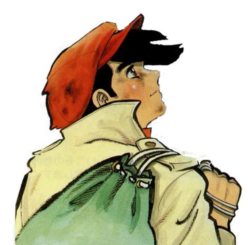
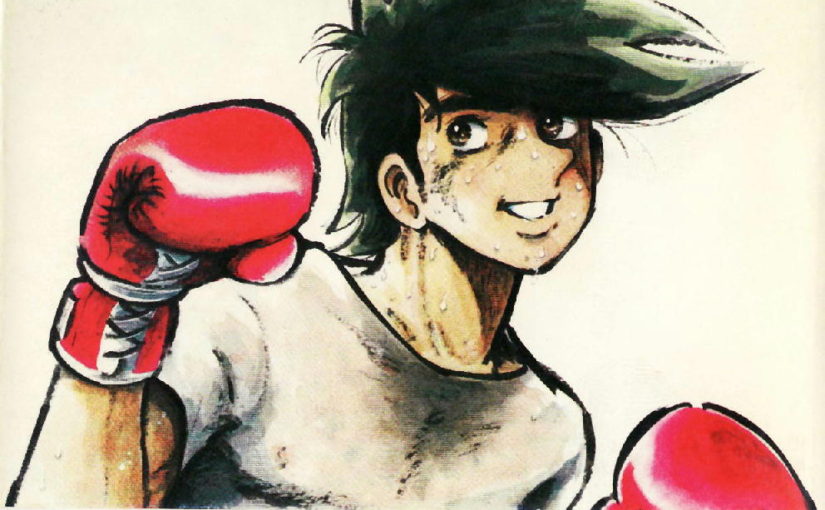
Gracias por el trabajo, estoy tratando de hacer un recorrido por la obra manga a través de su historia y tus artículos me están resultando de enorme ayuda
Hey Salinox, thanks for the comment!
That’s what I make these for, glad to see people are finding my blog. I hope to make more posts soon, but I’m currently swamped with other things. The work on the next posts is done actually, just need to find time to edit and post.
If you’re dying to find new (old) manga, check out my list on here https://myanimelist.net/profile/YesterdaysJoe
If you have an account on there, feel free to add me, I’m always open to share some recommendations
How dare you talk like that about Golgo 13
Sorry 🙁